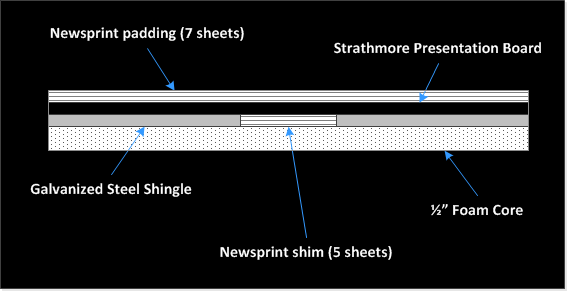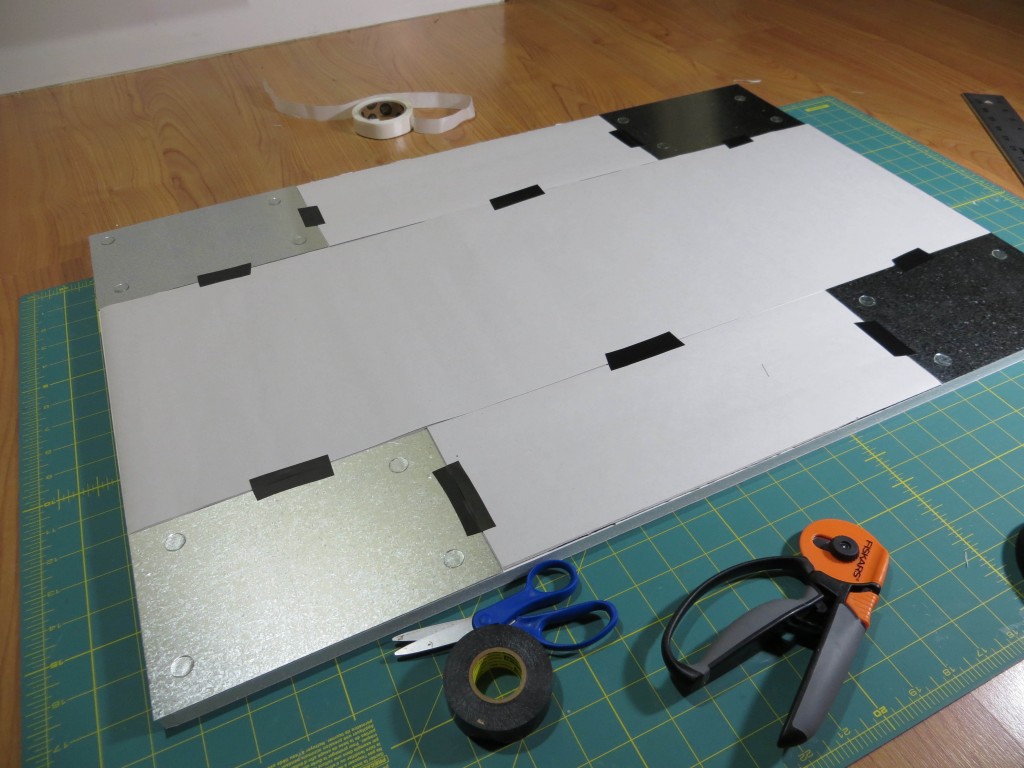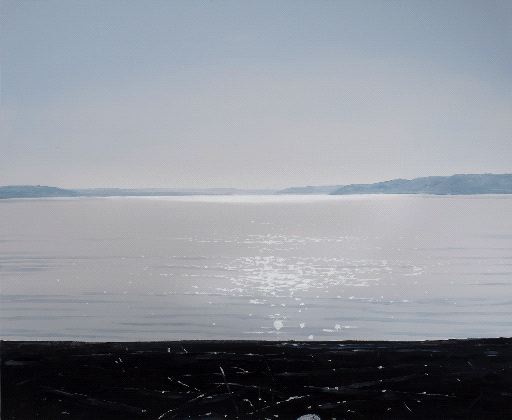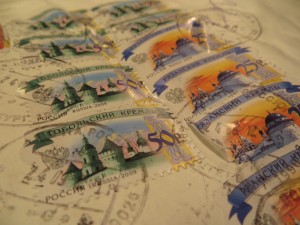Today I went for a bike ride, but I had to turn back because it was too cold. I put on some winter gloves and another fleece and headed back out, but I really had to push to overcome the urge to stay inside. Over the summer I did a lot of biking and got into great shape and I had these dreams of how I would continue to stay fit through the fall and winter through the magic of evening yoga-spin classes. Then the atelier started and between the Barnestone assignments and the commuting and the evenings at Microsoft, weekday exercise kind of moved to the back burner. Today was cold, but it wasn’t raining and I had the time, so I persevered.
The day was blustery and gray, but I kept passing these tableaus of fall Americana: colored leaves swirling and flying across the road in front of me, a boy raking his front yard, a father and son chopping logs with a real axe, a rust-red chicken waddling across the bike path, and another father and son throwing a tennis ball for their sheep dog.
As I rode on, I was struck by the contrast between the bleak weather and the warmth of the work and play and all of the cozy houses I passed and this reminded me of the artistic theme of being an outsider – of passing through a scene, while remaining invisible to others – of being outside in the cold with the warmth of home and hearth visible, but just out of reach.
A few weeks ago, the atelier took a field trip to the Frye Museum to see Ties That Bind: American Artists in Europe. Juliette had asked us to look deeply at each painting and record our thoughts. For me, the outsider theme appeared in scene after scene. Take, for example, this painting by George Inness. The landscape is vast, but the only person in sight is buried in the lengthening shadows of the foreground. Evening is coming, but the homes and hearths are far off in the distance in the last remaining bits of sunlight as the moon begins to rise.
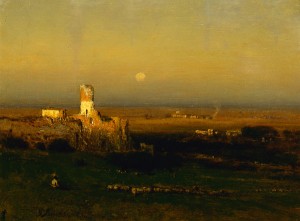
Campagna, Italian Landscape, c. 1875
George Inness
In this image by Léon Barillot, the sole human is a featureless silhouette in the middle distance, standing apart from the cows, and far from the city on the horizon.
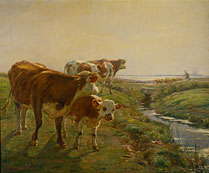
Three Cows and a Calf, c. 1890
Leon Barillot
This painting by Théophile Emile Achille de Bock reminds me of late fall in New England – not the colorful weekends when the city slickers come to see the leaves – I’m thinking of the oppressive grey days when the biting wind rips across the granite. There are no people in the scene at all, leaving the viewer to be the outsider. The bleak weather and wilderness setting remind us that people don’t belong. The rocks were here long before us and they will remain long after we are gone.
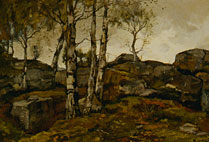
Rocky Landscape with Birches, not dated
Théophile Emile Achille de Bock
An essential element of the outsider theme is the contrast between the outsider’s situation and the scene they are viewing. The outsider is often in the shadows, enduring the elements, risking loneliness, and standing at a distance from the comforts of home and civilization.
This painting by Albert Neuhuys shows the opposite of the outsider theme. Here the mother and child are in a sturdy house which protects them from the great outdoors which is barely visible through a small window in the back. The mother is nurturing and she is feeding her child while sitting in a solid chair that we imagine her own mother used when she was a baby. The room is their entire world and it meets all of their needs. As with the fall rocks, nothing changes as time passes, only in this painting the home is and always will be a place of comfort.
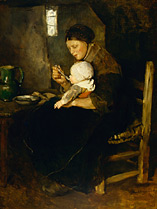
Feeding the Baby, not dated
Albert (Neuhuits) Neuhuys
The outsider theme resonates with me because I have experienced it many times in my own life. Once, as a child, walking home through purple twilight on Thanksgiving, I saw bright lights in the dining rooms of each of the houses I passed and thought about the meals being prepared and kids playing with relatives as my feet crunched through the dried leaves and clouds raced across the darkening sky. Another time, later in life, I looked out the window of an airliner speeding across the Midwest at 3am and thought about how each of the points of light below was a farmhouse with a family and pets, all sound asleep and oblivious to my passage. And then there was the time I spent the day alone photographing an abandoned town. I could imagine life when the town was thriving, but the former inhabitants were now long gone and unaware of my visit.
My thought as I rode my bike was that perhaps the paintings at the Frye were not so much about the outsider theme as I was sensitive to the theme. Perhaps this is just the way I see the world and art. If so, perhaps I can tap into these feelings and put them into my own art so that others can experience these moments the way I do. Food for thought.

